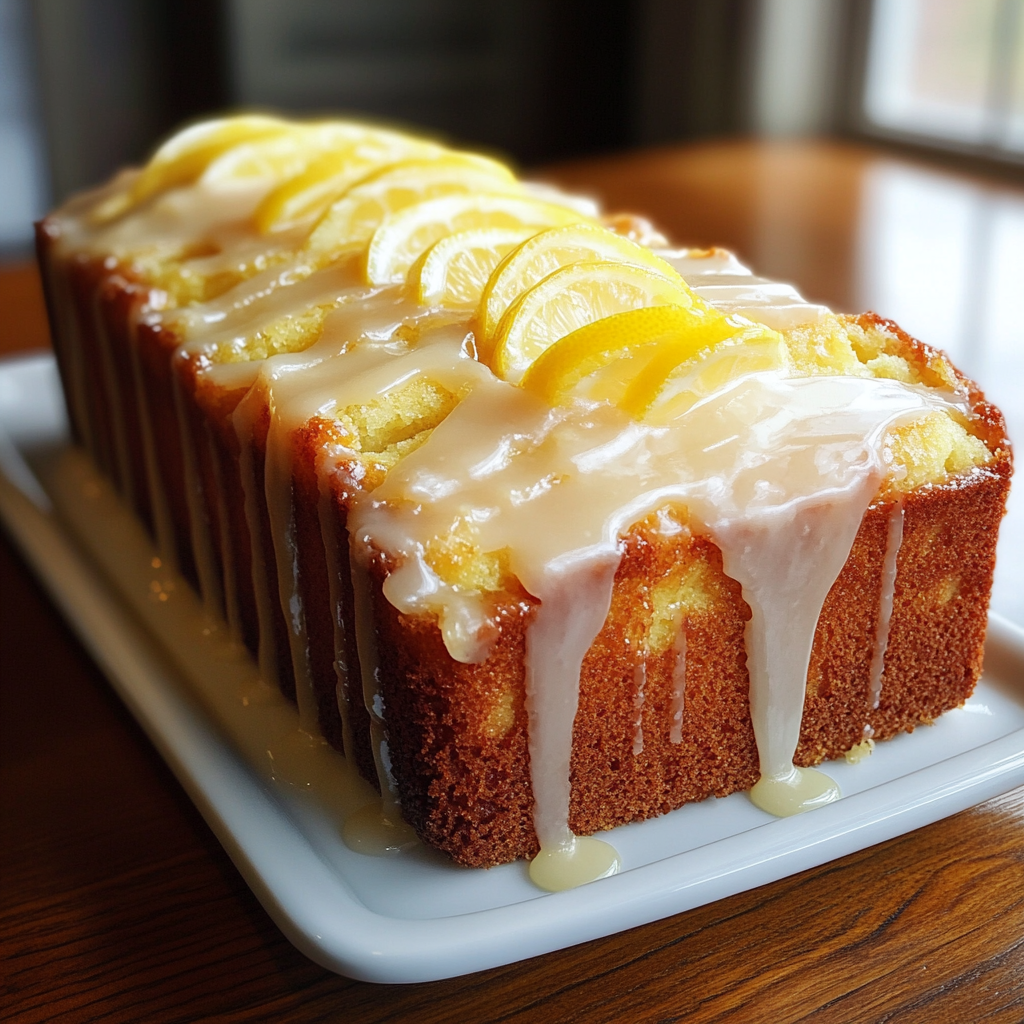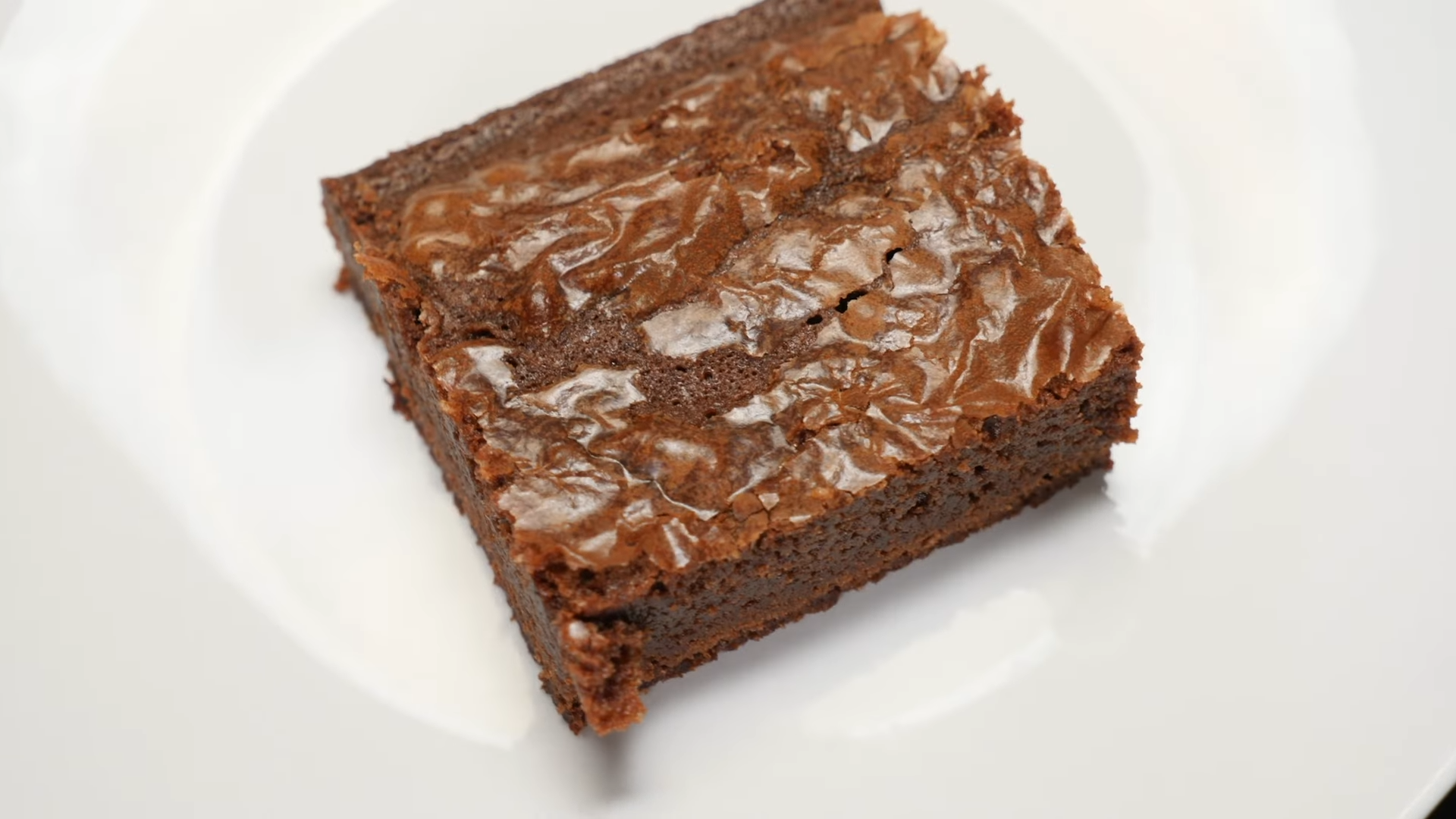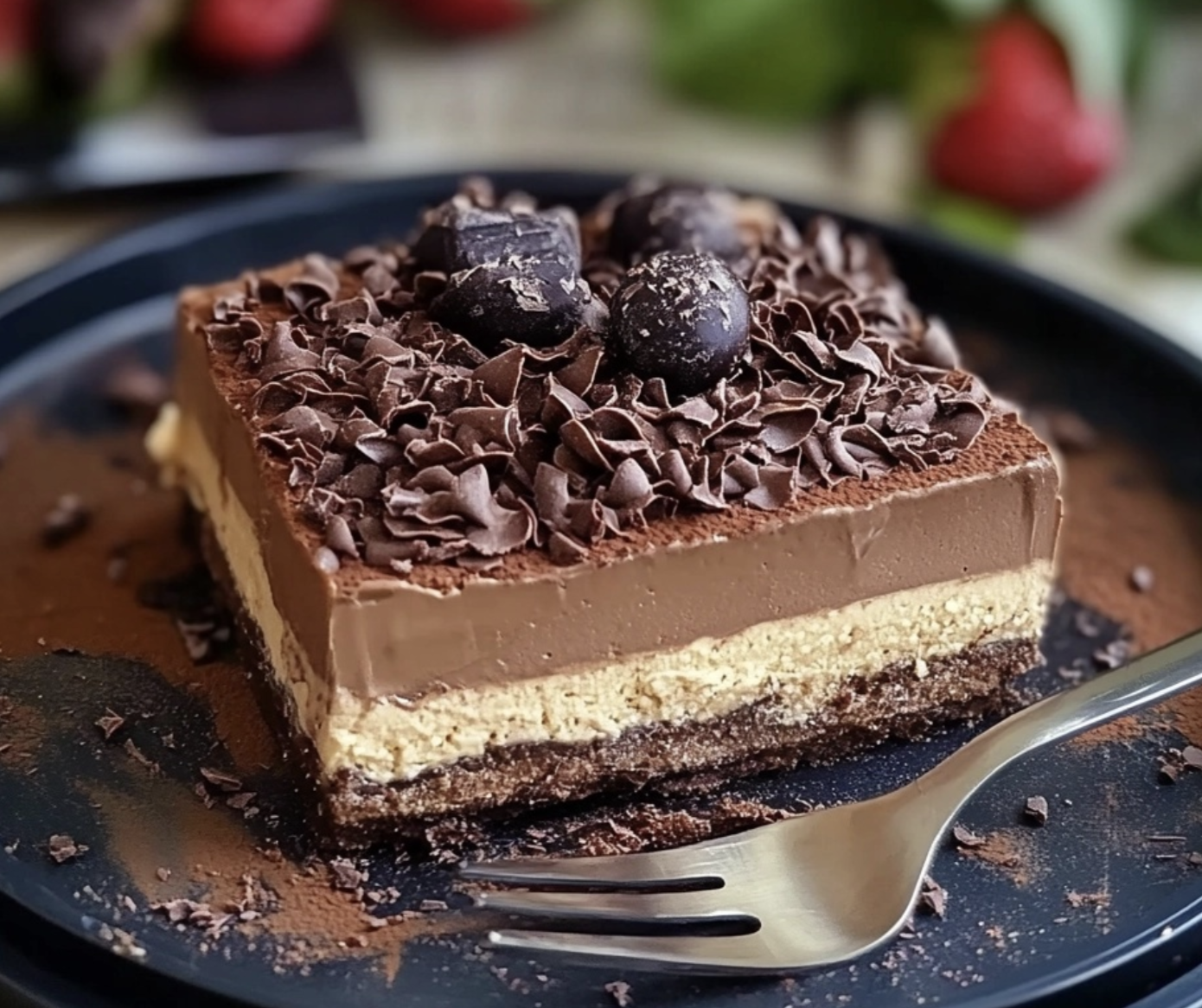A lemon glazed pound cake is the perfect balance of sweetness and tang, making it a refreshing dessert for any occasion. This classic cake is rich, buttery, and dense, with a bright lemon flavor that complements its moist texture. The lemon glaze adds an extra punch of citrus, making each bite burst with flavor. Whether you’re hosting a family gathering or simply want to treat yourself, this lemon glazed pound cake is a delightful option that’s easy to make and always impresses.
In this article, we’ll walk you through the ingredients, steps, variations, and tips to bake the perfect lemon glazed pound cake. Let’s get started!
Ingredients
To make a delicious lemon glazed pound cake, you will need the following ingredients:
For the Cake:
- 1 ½ cups (3 sticks) unsalted butter, softened
- 2 ¾ cups granulated sugar
- 5 large eggs
- 3 cups all-purpose flour
- 1 teaspoon baking powder
- ½ teaspoon salt
- 1 cup whole milk
- ¼ cup freshly squeezed lemon juice
- 2 tablespoons lemon zest (from about 2 lemons)
- 1 teaspoon vanilla extract
For the Lemon Glaze:
- 1 cup powdered sugar
- 2 tablespoons freshly squeezed lemon juice
- 1 tablespoon lemon zest (optional, for garnish)
Steps to Make Lemon Glazed Pound Cake
1. Preheat the Oven
- Preheat your oven to 350°F (175°C). Grease and flour a 10-inch Bundt pan or two loaf pans to ensure easy removal after baking.
2. Cream the Butter and Sugar
- In a large mixing bowl, cream the softened butter and sugar together using an electric mixer on medium speed until the mixture becomes light and fluffy. This should take about 4-5 minutes. Scraping down the sides of the bowl occasionally helps to ensure even mixing.
3. Add the Eggs
- Add the eggs one at a time, beating well after each addition. The mixture should be smooth and slightly airy. Continue to scrape the sides of the bowl to ensure everything is well combined.
4. Mix the Dry Ingredients
- In a separate bowl, whisk together the flour, baking powder, and salt. Set aside.
5. Incorporate the Wet and Dry Ingredients
- Gradually add the flour mixture to the butter mixture, alternating with the milk. Begin with the dry ingredients and end with the dry, mixing each addition just until combined. Do not overmix, as this can result in a dense cake.
6. Add the Lemon Flavor
- Stir in the freshly squeezed lemon juice, lemon zest, and vanilla extract. These ingredients will give your pound cake its signature citrusy flavor.
7. Bake the Cake
- Pour the batter evenly into the prepared Bundt or loaf pans. Smooth the top with a spatula. Place the cake in the preheated oven and bake for 60-70 minutes or until a toothpick inserted into the center comes out clean.
8. Cool the Cake
- Once baked, remove the cake from the oven and let it cool in the pan for about 15 minutes. Then, carefully invert the cake onto a wire rack to cool completely.
9. Prepare the Lemon Glaze
- While the cake is cooling, prepare the lemon glaze. In a small bowl, whisk together the powdered sugar and freshly squeezed lemon juice until smooth. For extra lemony flavor, you can also add lemon zest.
10. Glaze the Cake
- Once the cake has cooled completely, drizzle the lemon glaze over the top, allowing it to flow down the sides. You can garnish the cake with additional lemon zest for extra color and flavor.
Variations of Lemon Glazed Pound Cake
This recipe for lemon glazed pound cake is delicious as is, but there are several variations you can try to mix things up:
- Lemon Blueberry Pound Cake: Fold 1 cup of fresh or frozen blueberries into the batter before baking. The blueberries add bursts of sweetness and pair beautifully with the lemon.
- Lemon Poppy Seed Pound Cake: Add 2 tablespoons of poppy seeds to the batter for a bit of crunch and visual appeal. Poppy seeds are a classic addition to lemon-flavored cakes.
- Lemon Cream Cheese Pound Cake: For a richer texture, replace ½ cup of the butter with ½ cup of softened cream cheese. This gives the cake a creamy, tangy undertone.
- Coconut Lemon Pound Cake: Mix in ½ cup of shredded coconut into the batter and top the glaze with toasted coconut flakes for a tropical twist.
Tips for Making the Best Lemon Glazed Pound Cake
- Room Temperature Ingredients: Make sure your butter, eggs, and milk are at room temperature before starting. This ensures even mixing and a smoother batter.
- Don’t Overmix: Once you add the flour, be careful not to overmix the batter. Overmixing can lead to a tough and dense cake. Mix just until the ingredients are incorporated.
- Use Fresh Lemon Juice: For the best flavor, always use freshly squeezed lemon juice. Bottled lemon juice doesn’t have the same brightness and can make the cake taste artificial.
- Cooling Before Glazing: Ensure the cake is completely cool before adding the lemon glaze. If the cake is too warm, the glaze will melt and run off, leaving you with less flavor on top.
Lemon glazed pound cake is a classic dessert that brings together the perfect balance of buttery richness and citrusy brightness. Whether served as a sweet treat after dinner or as an indulgent snack with tea or coffee, this cake never disappoints. Its moist texture, zesty flavor, and rich lemon glaze make it a crowd favorite.
The versatility of the recipe allows you to experiment with flavors and ingredients, making it a wonderful base for your creativity in the kitchen. Give this lemon glazed pound cake recipe a try, and you’ll have a go-to dessert for all occasions.
Frequently Asked Questions (FAQs)
1. Can I freeze lemon glazed pound cake?
Yes, you can freeze lemon glazed pound cake. Allow the cake to cool completely, and do not add the glaze if you plan to freeze it. Wrap it tightly in plastic wrap and then in aluminum foil or place it in an airtight container. Freeze for up to 3 months. Thaw the cake at room temperature before glazing and serving.
2. How long will this cake last?
Stored at room temperature in an airtight container, lemon glazed pound cake will stay fresh for about 3-4 days. If you refrigerate it, the cake can last up to 1 week.
3. Can I substitute the butter with oil?
While you can substitute some or all of the butter with oil, it will change the texture of the cake. Butter adds flavor and richness, while oil will make the cake a bit lighter and less dense.
4. What if I don’t have fresh lemons?
If you don’t have fresh lemons, you can use bottled lemon juice in a pinch, but the flavor won’t be as bright. You can also substitute lemon extract for a stronger lemon flavor, but adjust the amount since extracts are more concentrated.
5. Can I make this cake gluten-free?
Yes, you can make this cake gluten-free by using a 1:1 gluten-free baking flour blend. Make sure the blend contains xanthan gum or a similar binder to ensure the cake holds together.







